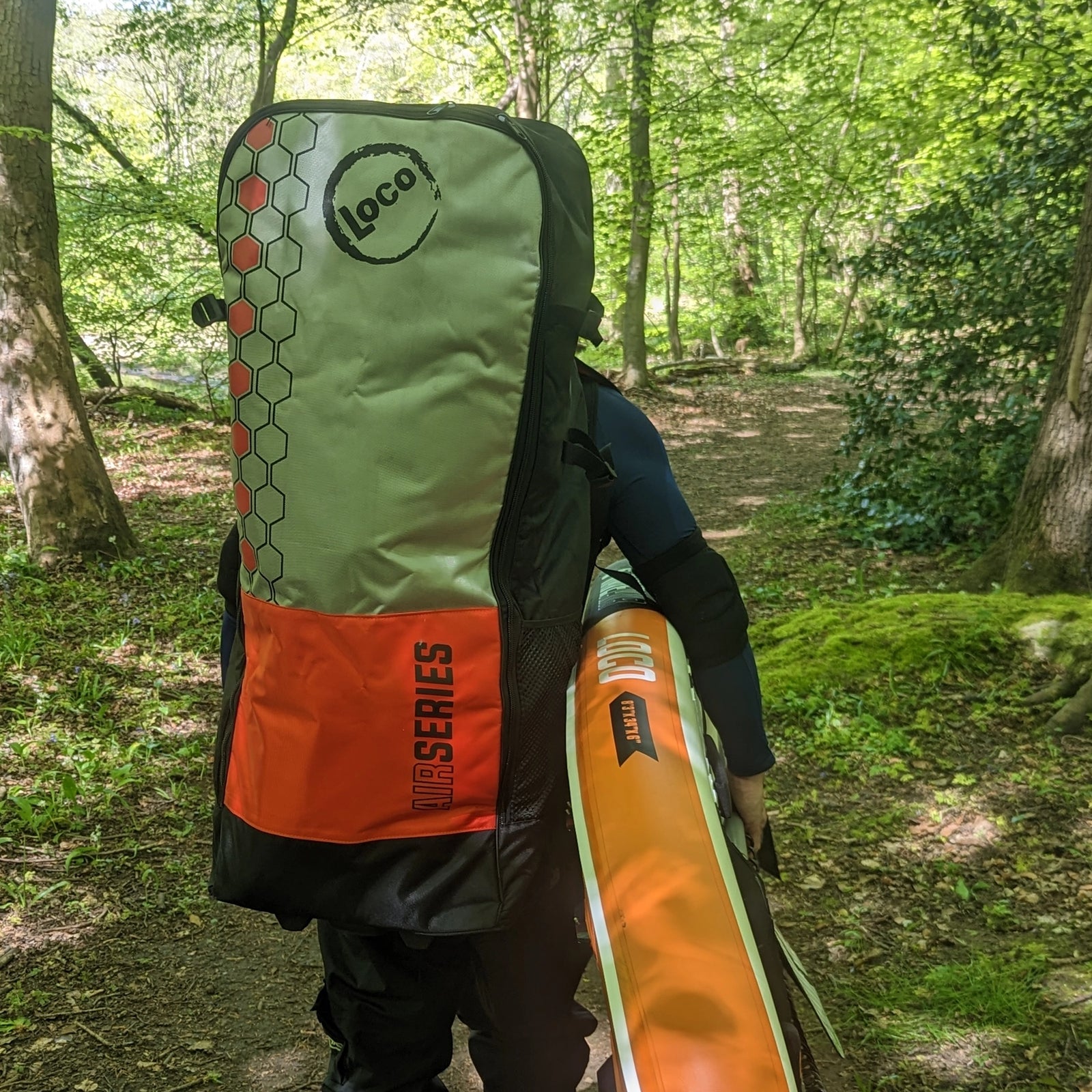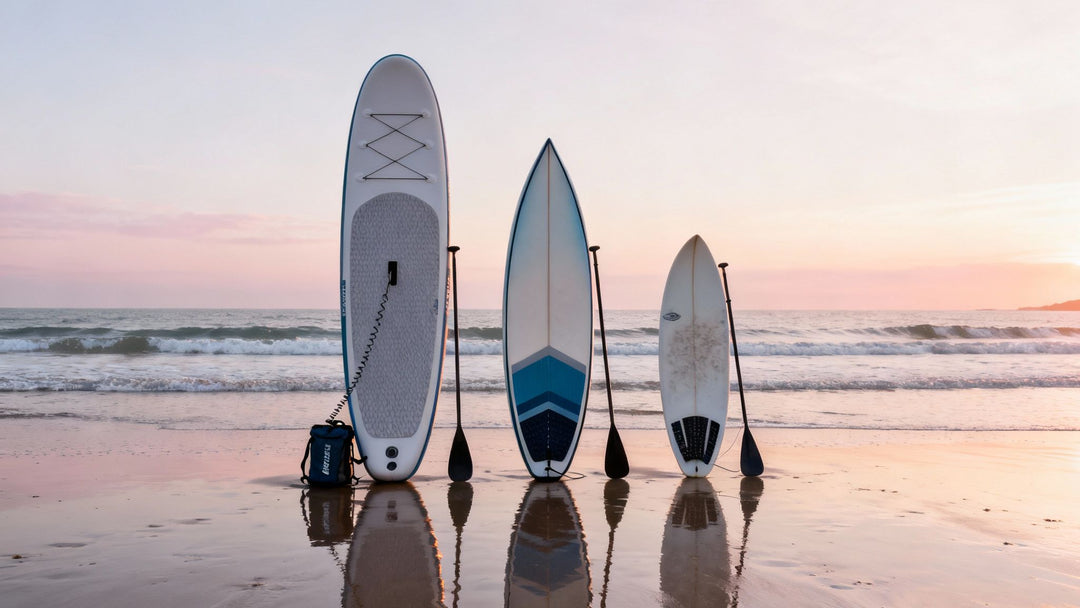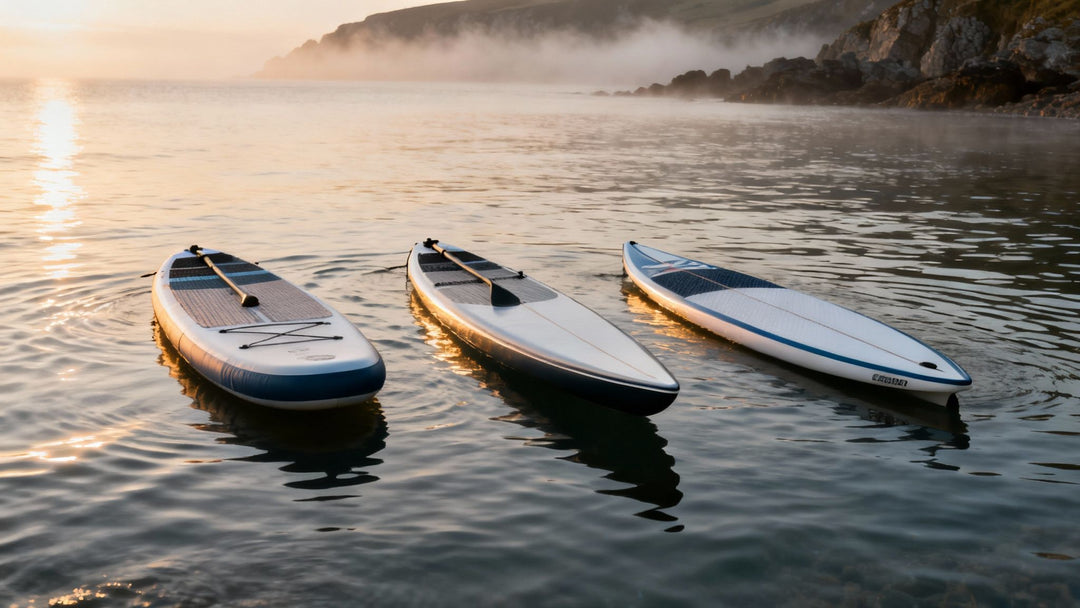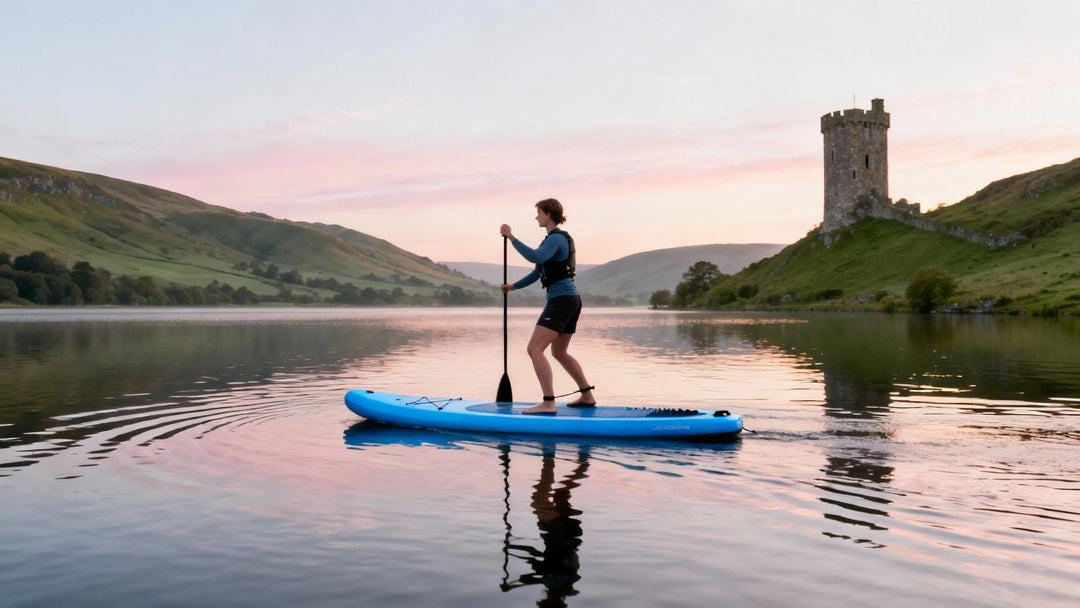Essential Safety Tips to Avoid Accidents When Paddleboarding 2024

The Importance of Safety in SUP
Stand-up paddleboarding (SUP) is a fantastic way to enjoy the water, offering a mix of relaxation and physical activity. However, like all water sports, it comes with inherent risks. Ensuring safety is crucial to enjoying your paddleboarding experience without incident.
Pre-Paddle Preparation
Check Weather and Water Conditions
Before heading out for a paddleboard session, always check the weather forecast and water conditions. Unpredictable weather changes, strong winds, and currents can turn a leisurely paddle into a dangerous situation.
Ideal Conditions for Paddleboarding
- Calm Waters: Choose flat, calm waters, especially if you're a beginner.
- Mild Winds: Winds less than 10 mph are preferable.
- Clear Skies: Visibility is essential for spotting hazards and navigating.
Wear the Right Gear
Appropriate gear is critical for safety. Ensure you have:
- Personal Flotation Device (PFD): Mandatory in many areas and crucial for keeping you afloat.
- Leash: Keeps you connected to your paddleboard, preventing it from drifting away if you fall.
- Proper Clothing: Wear a wetsuit or drysuit in cold conditions to prevent hypothermia.
Inspect Your Equipment
Before launching, check your SUP and accessories for any signs of damage.
- Board Integrity: Ensure there are no cracks or punctures.
- Paddle Condition: Check for any splinters or cracks.
- Leash and PFD: Ensure both are in good working condition.
On-the-Water Safety Practices
Maintain Awareness
Being aware of your surroundings can prevent accidents.
- Scan the Area: Regularly look around for other water users, obstacles, and potential hazards.
- Avoid Busy Areas: Keep away from crowded spots to reduce the risk of collisions.
- Watch for Wildlife: Be mindful of local wildlife, which can sometimes be unpredictable.
Practice Proper Technique
Using the correct paddling technique enhances control and stability.
- Kneeling Start: Start paddling on your knees until you feel stable enough to stand.
- Stand with Feet Apart: Place your feet shoulder-width apart for better balance.
- Use Core Muscles: Engage your core rather than relying solely on your arms to paddle.
Understand Your Limits
Recognize and respect your skill level.
- Stay Close to Shore: Beginners should stay within a safe distance from the shore.
- Avoid Offshore Winds: These can push you away from the shore, making it difficult to return.
- Don’t Overexert: Paddleboarding can be physically demanding; know your limits to avoid fatigue.
Handling Emergencies
Falling Off Your Paddleboard
Falling is part of paddleboarding, especially for beginners. Here’s how to handle it safely.
- Fall Away from the Board: To avoid injury, try to fall away from your paddleboard.
- Hold onto Your Paddle: If possible, keep hold of your paddle as you fall.
- Climb Back on Quickly: Use the board's side to pull yourself up and get back on quickly.
Dealing with Fatigue
Fatigue can set in unexpectedly. Here’s how to manage it.
- Rest Regularly: Take breaks by kneeling or sitting on your paddleboard.
- Stay Hydrated: Bring water and drink regularly to stay hydrated.
- Signal for Help: If you’re too tired to paddle back, signal for help using your paddle or a whistle.
Recognizing and Handling Hypothermia
Cold water can lead to hypothermia. Recognize the signs and act quickly.
- Early Symptoms: Shivering, numbness, and loss of coordination.
- Action Steps: Get out of the water immediately, dry off, and seek warmth.
Navigation and Environmental Awareness
Respect Marine Traffic
Paddleboarders share waterways with other vessels. Follow these guidelines to stay safe.
- Yield to Larger Vessels: Boats and ships have right of way.
- Stay Visible: Wear bright clothing and consider using a visibility flag.
- Understand Navigation Rules: Familiarize yourself with local boating regulations.
Protecting the Environment
Paddleboarding offers a unique way to connect with nature. Help protect it by:
- Avoiding Wildlife Disturbance: Keep a safe distance from animals.
- Leaving No Trace: Dispose of trash properly and avoid damaging vegetation.
- Using Eco-Friendly Gear: Choose equipment made from sustainable materials.
Conclusion
Paddleboarding is an enjoyable and rewarding activity, but it requires a strong emphasis on safety. By preparing adequately, wearing the right gear, maintaining awareness, and understanding your limits, you can minimize risks and maximize your enjoyment. Always be prepared to handle emergencies and respect both marine traffic and the environment. This comprehensive approach will ensure a safe and enjoyable paddleboarding experience for everyone.




